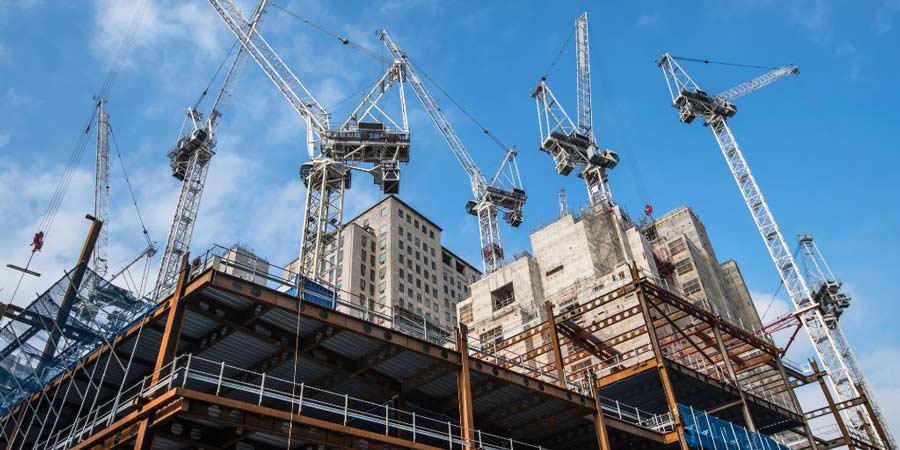The hidden costs of building safety: new duty imposes irrecoverable costs on landlords dealing with defects

The hidden costs of building safety: new duty imposes irrecoverable costs on landlords dealing with defects
The Building Safety (Leaseholder Protections) (England) Regulations 2022 came into force on 28th June 2022, which provides financial protections for qualifying leaseholders in buildings over 11 metres in height or five storeys with unsafe cladding defects. The supporting secondary legislation came into force shortly after on 21st July 2022, providing more details of the Act to ensure that the leaseholder protections have their full effect.
Building owner’s contribution conditions
The building owners must ensure their buildings are safe.
The building owner is obliged to pay for all historical remediation and unsafe cladding costs. Hence, it is illegal for them to pass these costs on to the leaseholder if the following conditions (‘’the Conditions’’) are met in full: –
- The defect is a ‘relevant defect’ – It puts people’s safety at risk from the spread of fire or structural collapse, and the defect was created in the past 30 years before the leaseholder protections came into force (between 28th June 1992 to 27th June 2022), and it relates to either the initial construction of the building or the conversion of a non-residential building into a residential building.
- The building is a ‘relevant building’ in England only (excludes leasehold properties located in Scotland, Wales, or Northern Ireland) – There are at least two dwellings in the building of at least 11 metres or five storeys high and is not a leaseholder-owned building.
- Qualifying Lease – It is a long lease (more than 21 years in length) of a single dwelling, which is within the ‘relevant building’, on 14th February 2022 and subject to a service charge payment. The leaseholder must live in the property as their main home and cannot own more than 3 dwellings in the UK.
- The landlord, under the lease as at 14th February 2022, or the associated landlord group has a net worth of at least £2 million per relevant building.
The Act is not in favour of the building owners?
- Leaseholders are protected in law from paying historical safety defects.
- The current building owner will take on the liabilities of the previous landlord who has links with the developer on 14th February 2022. Hence, the current building owner will be contributing the full remedial costs albeit they may not have current links with the developer.
- The building owner cannot recoup any costs from qualifying leaseholders, i.e. via service charge, for any unsafe cladding remediation or historical safety remediation costs where the Conditions are met.
- The building owner cannot impose third-party costs on the leaseholders, i.e. legal costs from settling disputes.
- Regarding other costs, such as the waking watch costs or remediation of non-cladding defects, there is a capped amount that the building owners can recover from leaseholders. The capped amount is based on the value and location of the property (please find the table below).
| Property Value | Greater London | Rest of England |
| Less than £175,000 | £0 | £0 |
| £175,000 – £324,999 | £0 | £10,000 |
| £325,000 – £1 million | £15,000 | £10,000 |
| > £1 million but <£2 million | £50,000 | £50,000 |
| >£2 million | £100,000 | £100,000 |
The payment due to the building owner can be spread over a 10-year period. The maximum amount that the leaseholder can be charged in one year will not be greater than 10% of the capped amount. Any costs previously paid by leaseholders prior to 29th June 2017 will count towards the contribution cap. For shared owners, their contribution cap is reduced in proportion to their respective share in the property.
Potential recoverable costs on landlords dealing with defects
- Government funding – For buildings over 18 metres, the Government’s Building Safety Fund will be used to remove cladding. The government will also contribute to the costs if the developer no longer exists.
- Reserve fund – Any money, i.e. reserve fund, collected by the landlord before 14th February 2022 can be used for urgent remediation and interim measures. However, it does not prevent leaseholders from seeking a Remediation Contribution Order to recover such funds from the building owner.
- Pursue funds from responsible third parties – The building owner can pursue the contractor or other professional who is directly responsible for carrying out the defective costs. However, it should not delay work from commencing or any work that is already in progress.
Summary
In conclusion, the government is dedicated to protecting qualifying leaseholders from paying any unfair remedial costs towards unsafe cladding or historical safety defects. It creates an enormous hurdle for the landlord in recovering the costs from dealing with the defects and gathering the required costs without delaying the progress or commencement of the remedial works.
Contact our Real Estate Dispute Resolution team today
If you would like to discuss any issue relating to this blog, please do not hesitate to contact a member of the Real Estate Dispute Resolution Team on 01895 201759 or contact us via the enquiry form at the top of our Property Disputes page.
